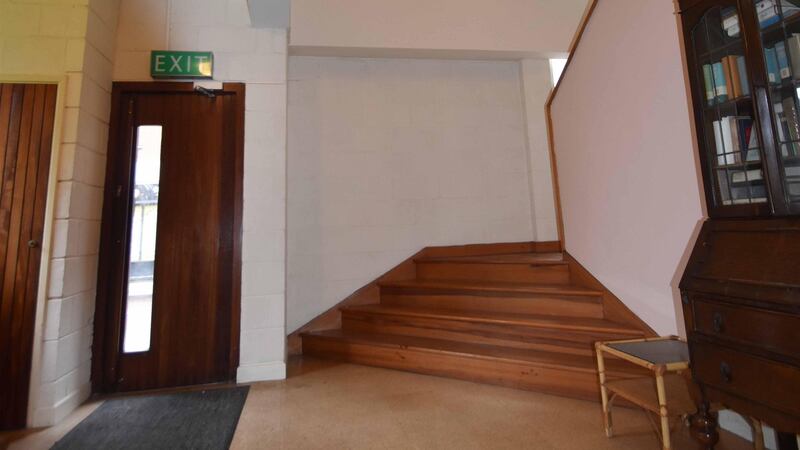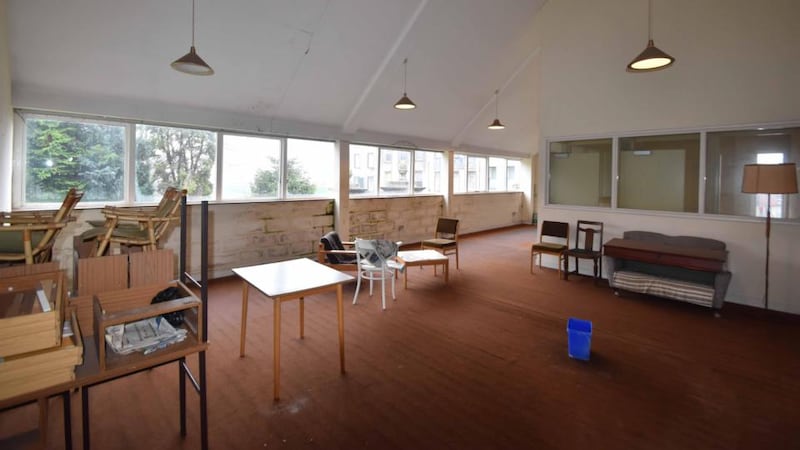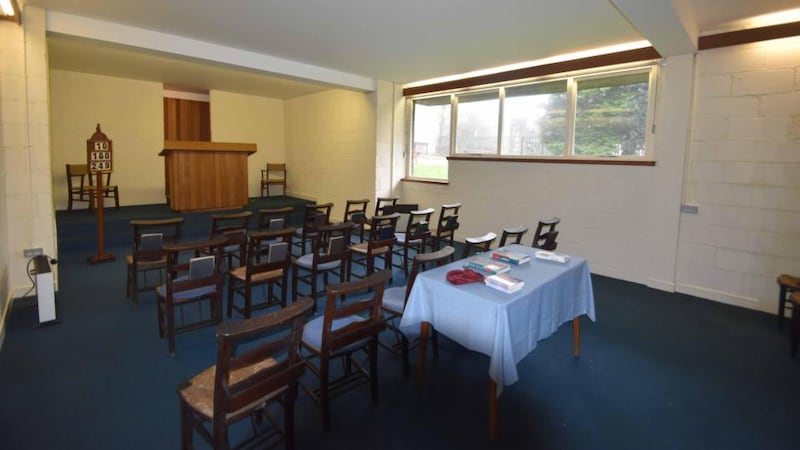Just off Washington Street in Cork is a door that leads to an unusual building that has been a place of worship for the Christian Science Society since its construction, in the early 1980s.
The Church of Christ, Scientist, of which the Christian Science Society is part, believes in healing through prayer; it was founded by a woman, Mary Baker Eddy, in the United States in the late 19th century. As well as the Cork chapel it has a church on Herbert Park in Dublin, with a reading room on South Great George’s Street in the capital.
The faith, which began in Cork in 1924, had several addresses in the city before settling at 9 Bowling Green Street, a two-storey-over-shop premises next to Dunnes Stores, “who built all around us and wanted to buy the building”, says Gerald McSweeney, a first reader with the Cork congregation.
0 of 4
The retail giant made the church a proposal. In exchange for its Bowling Green building it would fund another; it suggested a site at 15 South Main Street, where the exisiting two-storey brick church was built in 1982. The Cork congregation has now decided to sell because it now has very few members, and none lives within easy reach of the city. But can the building be reborn as a family home?



Neil Kane, of Kane Architects, says that it could, with some interventions, although privacy and access are considerations, and planning permission would be required for any change from its current use as a religious building. It may be more suitable for division into a few duplex apartments or studios.
The entrance, which is only about 3.5m (12ft) wide, leads into a double-height lobby with a timber staircase leading up to the reading room, the building’s nicest space. Covering about 50sq m, it has a vaulted ceiling and a bank of windows that face south. To its rear is an office space with a kitchenette and toilet, plus a second staircase to the back of the building. This level would make a wonderful open- or broken-plan kitchen-cum-dining-cum-livingroom. The ground floor is more difficult to repurpose, as it has far fewer windows. Only one and a half of its four breezeblock walls are partially glazed.
Besides privacy, noise is also a consideration, as the property overlooks the grounds of Triskel Arts Centre, which are used for seating during the summer.
The property has no outside space, and in Kane’s opinion its city-centre location may make it more suitable for commercial, community or tourism use. Regardless of the use, Kane says there may be some merit in removing a portion of the first floor to create a double-height space.
The property is BER exempt, but its exposed brick walls and construction date mean it probably needs a serious insulation upgrade. In total it covers 170sq metres (1,829sq ft), set over two floors. The property is for sale by tender on Thursday, March 15th. The agent, John Barry of Frank V Murphy & Co, says it is worth in excess of €300,000.
Profits from the sale will go to the mother church in Boston, McSweeney says.












